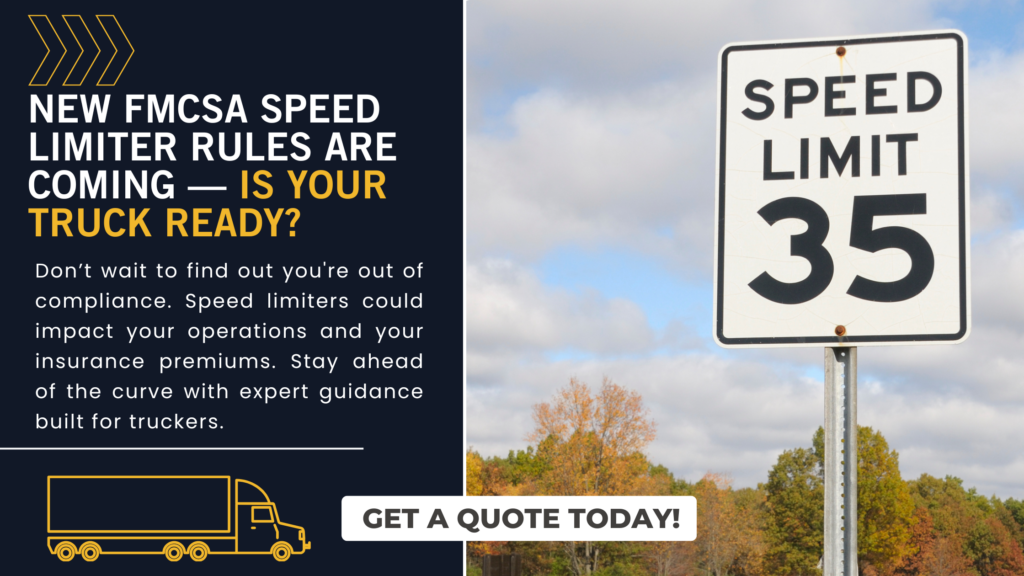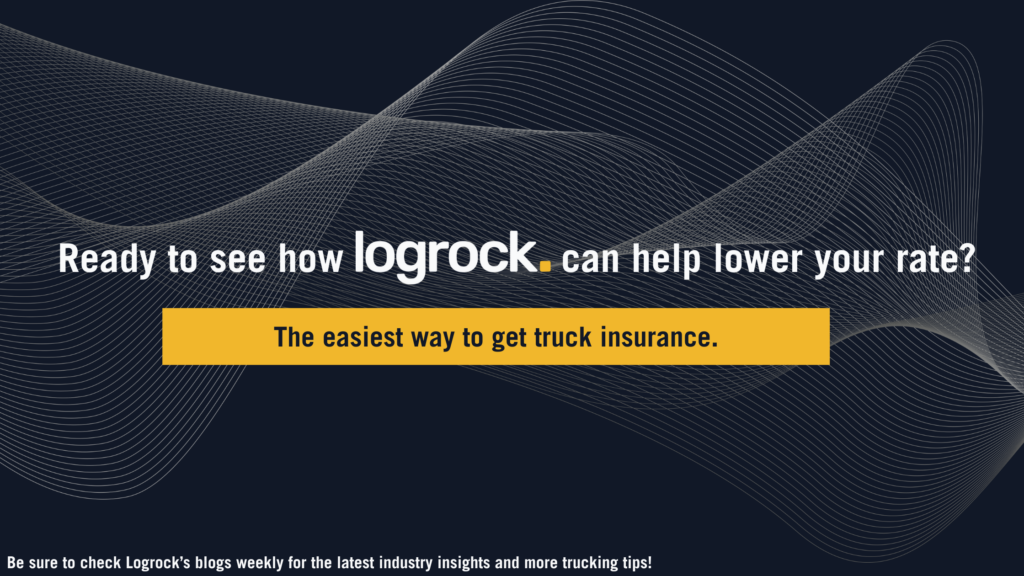Big news is hitting the freight industry this summer: the FMCSA is moving forward with speed limiter regulations for commercial trucks. If finalized, the rule could require most Class 8 trucks to use electronic engine control units (ECUs) to cap speed—likely around 68 mph.
What This Means for Truckers:
- Owner-operators may need to verify or update onboard tech to meet new compliance standards.
- Fleet managers will need to monitor speed settings across all vehicles.
- Insurance premiums could be impacted, especially if speed reduction leads to fewer accidents and claims.
How It Could Affect Truck Insurance
Slower trucks mean reduced risk, which could eventually lower truck insurance rates—especially for carriers with clean safety records. But non-compliance could have the opposite effect, putting you at risk of fines or higher premiums.
What to Do Now:
- Check your truck’s current speed limiter settings.
- Stay updated on FMCSA rule changes.
- Talk to your insurance partner about how regulation changes could impact your coverage.
At Logrock, we help you stay compliant and protected—so you can focus on running your business, not chasing new mandates.
Be sure to check out our blog on How To Prepare for FMCSA Authority for some extra tips!
Want help navigating new regulations? Reach out to our team for a policy review or quote built for today’s trucking world.

